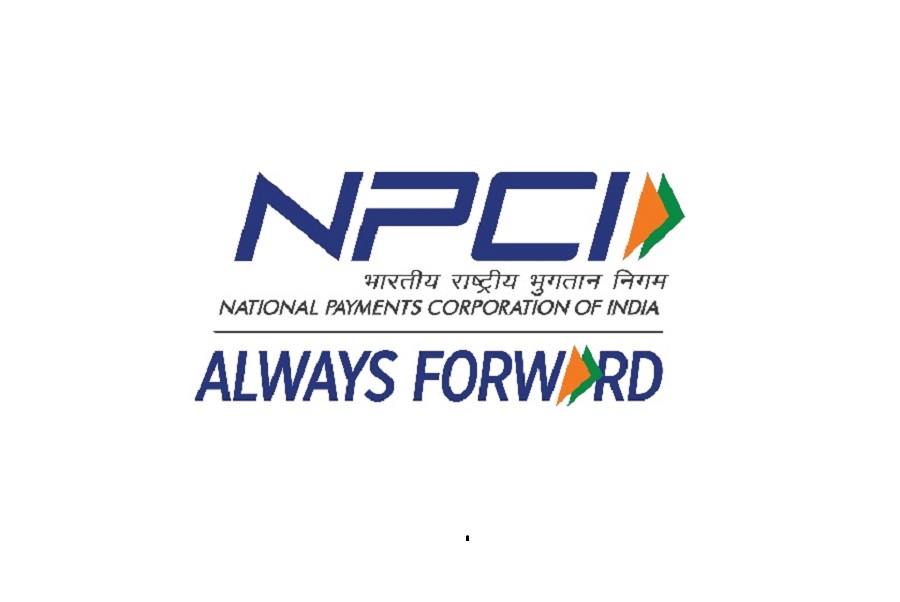Experian Research: GenAI and data-driven decisioning are key competitive advantages for global business leaders | Oct `24
.jpg)
Experian’s latest research report investigates different perspectives from senior decision-makers in four key areas: strategic priorities, data and analytics, technology, and risk. Conducted by Forrester Consulting, the research surveyed 1320 Financial Services and Telco C-suite and Director level leaders across ten countries in the EMEA and APAC regions, including India, Australia, Denmark, Germany, Italy, New Zealand, Norway, South Africa, Spain, and the Netherlands. The report reveals how business leaders are utilising Generative AI (GenAI), consolidating datasets to improve decisioning models, and focusing on customer experience to better prepare for a future shaped by challenging economic conditions, technological disruption, and evolving customer expectations.
The race to harness the potential of Generative AI is well underway
Business leaders identified technological disruption as the top external factor impacting their business in the coming two years, putting emphasis on the race toward AI supremacy to improve business efficiencies and reduce costs. Seventy-five percent of surveyed participants believe that competitive advantage in their industry will be dependent on who can make the best use of AI, and three-quarters 75% of the surveyed technology leaders are exploring GenAI use cases with a view to implement them within the next year.
Seventy-five percent of senior leaders agree that GenAI will significantly improve the way they assess risk. Analysing alternative data sources using GenAI emerged as the top use case 78%, highlighting its ability to unlock valuable insights from non-traditional datasets, supporting the creation of better decisioning models and a more holistic picture of the customer.
Technological disruption is a catalyst for improving customer experience
Access to a centralised cloud-based platform for data, analytics and software was identified by survey respondents as a notable factor to improve risk strategy. Nearly half 41% of respondents agree that over the next 12 months, they will see additional credit stress with more missed repayments and delinquencies – with that same percentage 42% tightening their lending criteria in the past year. 50% of risk leaders also indicated that the top risk priority is to improve the ability to identify financially vulnerable customers. Better integration between data sources, model development tools, ops deployment and decisioning software – coupled with harnessing the power of AI – allows lenders to have a more holistic view of borrowers and to fast-track the data-to-insight-to-action process. Ultimately, this leads to better customer relations and fairer lending practices.
Combining datasets into a single cloud-based platform is key to enhancing analytical capability
Data and analytics leaders are prioritising the move of siloed datasets into a single platform that combines data and analytics, as this better enables AI/ML capability and allows them to push models into production in weeks instead of months. In the current state, more than three-quarter 76% of respondents believe that it takes them too long to develop and deploy AI/ML models, with 63% stating that they are updating their models more frequently than ever before to adapt to changing consumer credit behaviour.
Alternative data and advanced analytics are critical to helping businesses make more accurate lending decisions, especially as consumer behaviours evolve and external economic factors continue to make an impact. However, a lack of alternative data sources was identified by respondents as a significant challenge limiting the success of analytics programs and modelling development. In a cloud platform, the advanced capabilities of AI can be used to efficiently process and analyse alternative or complex unstructured datasets, extracting valuable insights that were previously inaccessible. Leveraging this technology enhances the accuracy of predictive models and ultimately enables the creation of more comprehensive insights and credit risk profiles.
“This year’s research highlights the importance of two critical factors – first the race for AI superiority, with business leaders believing it to be critical to gain competitive advantage in their sector. And secondly, the clear focus on investment in analytics tools and infrastructure to better harness the power of data, with many businesses still struggling with the time and effort required to develop and deploy models. The findings suggest businesses are increasingly adopting cloud-based services to better connect data, analytics and software,” says Manish Jain, Country Managing Director, Experian India.
"It is encouraging to see that the majority of senior leaders are optimistic about growth in the year ahead, with plans for greater investment in technology as a result. But we are still facing broader macroeconomic challenges, with customer financial hardship highlighted as a significant concern. AI and ML tools present a considerable opportunity to enhance the precision of credit assessment, for new and existing customers, and thus can help safeguard vulnerable customers with proactive engagement,” says Malin Holmberg, CEO, EMEA & APAC, Experian.
To learn more, you can download the full report here. https://experianacademy.com/forrester-research-report-2024
Above views are of the author and not of the website kindly read disclaimer










More News

Coffee exports from India up 55 pc as global demand grows













